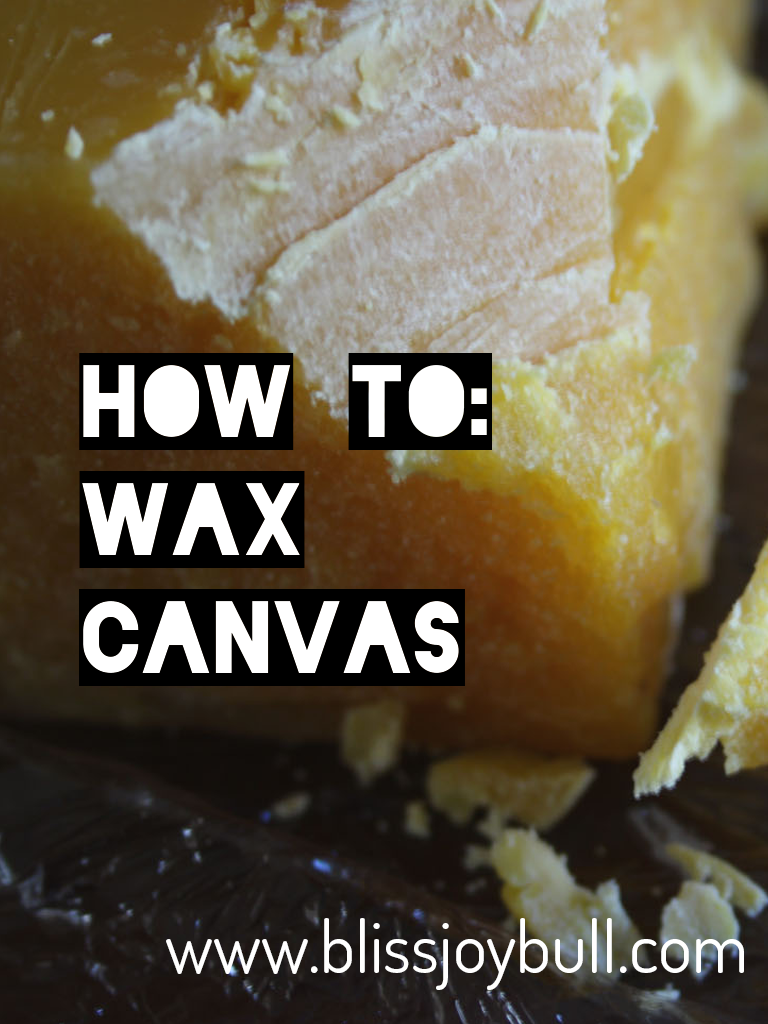
Why waxed canvas?
I’ve always loved the look and feel of leather, but I’ve never been able to get over the ethical ramifications surrounding it. Not to mention the special tools and machines needed to work with the material. So I decided to look for alternatives.
READ MORE AND DOWNLOAD THE FREE TUTORIAL HERE
Found this tutorial helpful? Leave me a tip. Appreciate ya!


This was great! Thanks for the links too! Gonna beeswax some pants soon !
Hi, I tried the exact same experiment, though I had a smaller brush. My outcome was the same because the wax dries very fast. But I was able to fix it! I placed a piece of cotton (scrap) cloth over my waxed fabric and ironed over it. That heated the wax up again and the excess was absorbed into the scrap cloth. I repeated until the wax looked evenly applied. It turned out beautiful!
Leave a comment